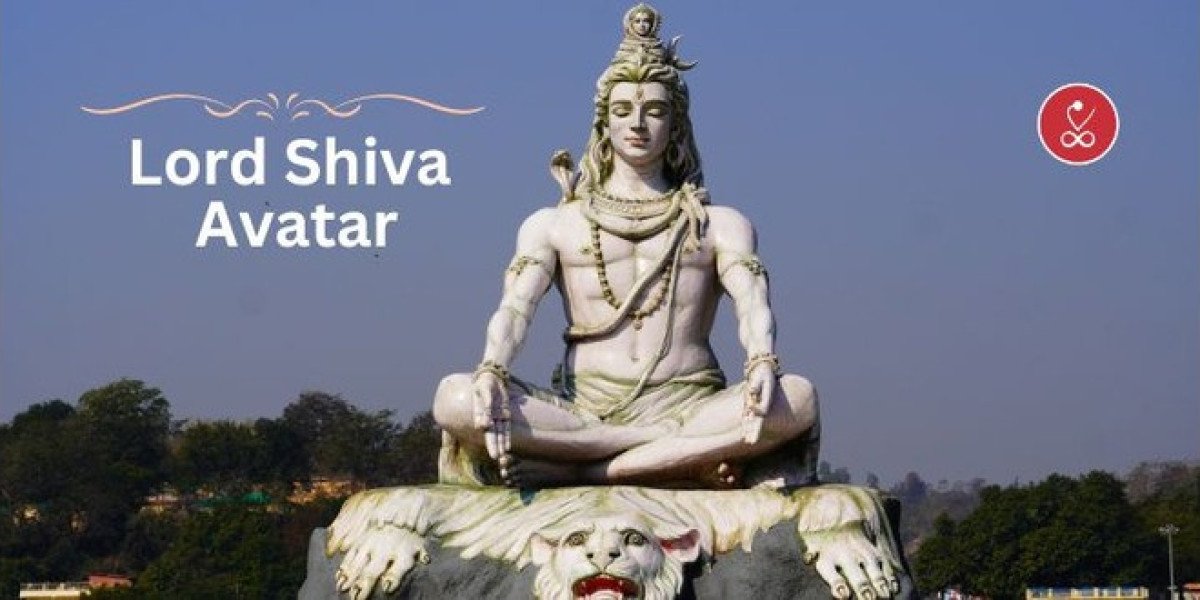Lord Shiva Avatar Names Explained
Lord Shiva, one of the principal deities in Hinduism, is revered as the Supreme Being who creates, protects, and transforms the universe. His avatars or incarnations are numerous and embody different aspects of his infinite power and divine nature. These avatars are not just limited to mythological stories but have deep spiritual significance. Let's explore some of the prominent avatars of Lord Shiva , each with its unique symbolism and purpose.
1. Nataraja - The Cosmic Dancer
The Nataraja avatar symbolizes the cosmic dance of creation, preservation, and destruction. With his dance, Shiva represents the rhythm and harmony of life and the universe. His dance is depicted in the Ananda Tandava pose, where he balances on one leg while the other is lifted in a graceful arc. This dance signifies the cycles of the cosmos and the endless movement of time.
2. Rudra - The Fierce Destroyer
Rudra is the fierce form of Shiva, associated with storms, winds, and the wild aspects of nature. This avatar represents destruction and transformation, necessary for the cycle of creation. Rudra's wrath is feared, yet it is also respected as a powerful force that brings renewal and change.
3. Bhairava - The Lord of Terror
Bhairava is another fierce form of Shiva, often depicted with a terrifying appearance. This avatar represents the annihilation of evil and ignorance. Bhairava is worshipped to overcome fears and to seek protection from negative forces. His role as a guardian deity is significant in many temples, especially in the form of Kshetrapala, the protector of sacred spaces.
4. Ardhanarishvara - The Androgynous Deity
Ardhanarishvara represents the synthesis of masculine and feminine energies. This avatar is depicted as half-male and half-female, symbolising the inseparability of Shiva (male) and Shakti (female). Ardhanarishvara highlights the concept of unity in diversity and the importance of balance between opposites in the universe.
5. Pashupati - The Lord of Animals
Pashupati signifies Shiva as the lord of all living beings, particularly animals. This avatar emphasizes the compassionate and nurturing aspects of Shiva. Pashupati is often associated with pastoral communities and is revered as the protector of cattle and other livestock.
Read Also: Mohini Avatar of Vishnu: Origin, Stories, and Her Son Ayyappa
6. Dakshinamurthy - The Supreme Teacher
In the form of Dakshinamurthy, Shiva is the ultimate guru who imparts wisdom and knowledge. Seated under a banyan tree, he teaches through silence and gestures, symbolising the transfer of profound spiritual truths beyond words. This avatar is especially revered by students and seekers of knowledge.
7. Virabhadra - The Warrior Avatar
Virabhadra is a fierce warrior created by Shiva to avenge the humiliation of his consort, Sati. This avatar embodies righteous anger and the destruction of arrogance and disrespect. Virabhadra's story is a reminder of the consequences of disrespecting divinity and the protective nature of Shiva towards his devotees.
8. Kalabhairava - The Time Keeper
Kalabhairava is another form of Bhairava, known as the lord of time (Kala). This avatar controls the progression of time and ensures that cosmic order is maintained. Devotees worship Kalabhairava to seek blessings for timely success and to overcome the fear of death.
9. Tripurantaka - The Destroyer of the Three Cities
Tripurantaka is the form of Shiva who destroyed the three mythical cities of the demons (Tripura) with a single arrow. This avatar represents the triumph of good over evil and the power of divine intervention in restoring balance in the universe.
10. Linga - The Formless Manifestation
The Linga is not an avatar but a symbolic representation of Shiva's formless nature. The Shiva Linga signifies the infinite and omnipresent nature of the divine. It is one of the most common and revered symbols in Shiva worship, representing the merging of the finite with the infinite.
Read Also: 4 Yugas Avatars: Dashavatars of Lord Vishnu
The Spiritual Significance of Shiva's Avatars
Each avatar of Lord Shiva embodies different facets of his divine nature and offers profound spiritual teachings. These manifestations serve as reminders of the various aspects of life and the universe, guiding devotees towards a deeper understanding of existence and the divine.
Balance and Harmony: Avatars like Ardhanarishvara teach the importance of balance between opposing forces, be it male and female, creation and destruction, or action and inaction.
Transformation and Renewal: Forms like Rudra and Bhairava emphasize the necessity of destruction for the sake of new beginnings and transformation.
Wisdom and Knowledge: Dakshinamurthy highlights the importance of inner wisdom and the transformative power of spiritual knowledge.
Protection and Compassion: Avatars like Pashupati and Virabhadra showcase Shiva's protective nature and his compassion towards all living beings.
Conclusion
The avatars of Lord Shiva are rich in symbolism and spiritual meaning. They offer insights into the diverse aspects of the divine and guide devotees on their spiritual journey. By understanding and meditating upon these avatars, one can gain a deeper appreciation of the universal truths they represent and the eternal nature of Lord Shiva.








